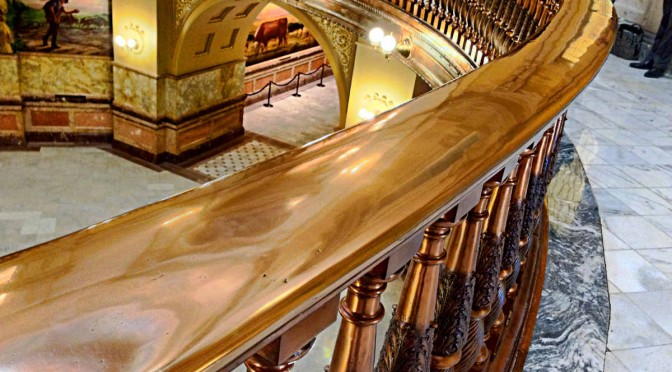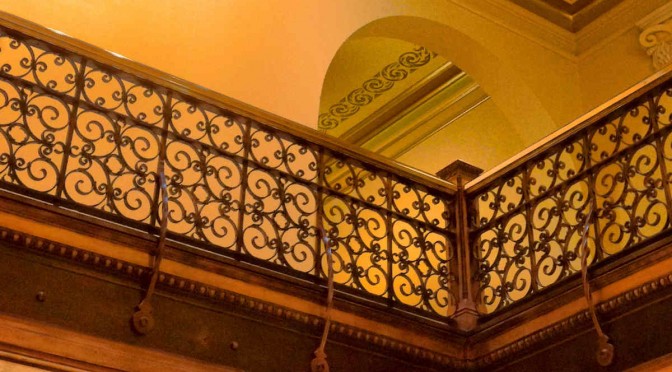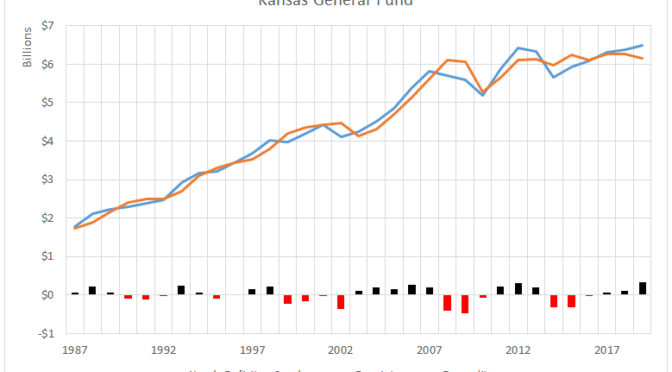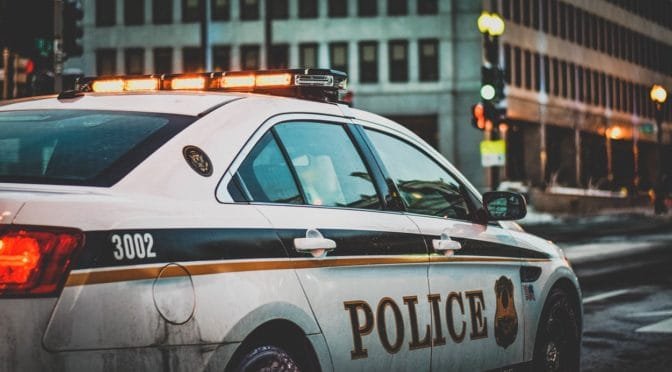Category: Kansas state government
-

Kansas manufacturing and oil not recovering
While total employment in Kansas is growing, two industries are the exception.
-

Kansas employment by industry
An interactive visualization of Kansas employment by industry.
-

For some, the Kansas tax increase wasn’t big enough
Some Kansas Senators were refreshingly honest about a recent tax bill: They’re coming back for more.
-

Vote-switching in the Kansas House of Representatives
A look at voting behavior in the Kansas House of Representatives regarding an important tax bill.
-

Kansas general fund
Data and charts regarding the Kansas general fund.
-
Expanding Medicaid in Kansas
Expanding Medicaid in Kansas would be costly, undoubtedly more costly than estimated, has an uncertain future, and doesn’t provide very good results for those it covers.
-

Kansans say no to more taxes
A statewide poll finds little support for raising taxes as a way to balance the Kansas budget.
-

Analysis of proposed tax changes in Kansas
Proposed changes in the Kansas motor fuel tax and sales tax on groceries affects households in different ways.
-

Availability of testimony in the Kansas Legislature
It is easy to provide Kansans with written testimony from the Kansas Legislature. At least I think so.
-

In Kansas, the war on blight continues
Kansas governments are trying — again — to expand their powers to take property to the detriment of one of the fundamental rights of citizens: private property rights.
-

Kansas civil asset forfeiture
The law of Kansas civil asset forfeiture is among the worst in the nation, and demands reform.
-

Kansas legislative resources
Those who want to be informed of the happenings of the Kansas Legislature have these resources available.